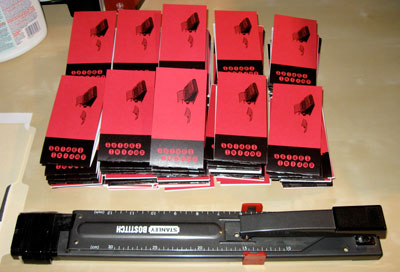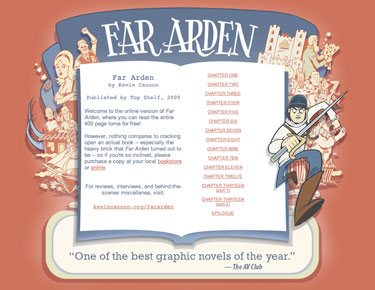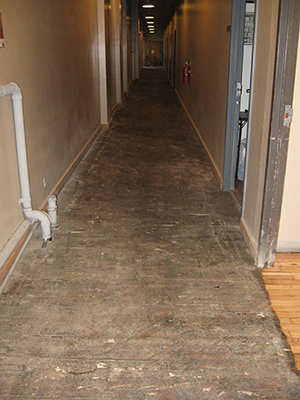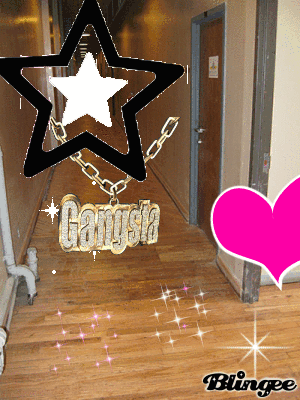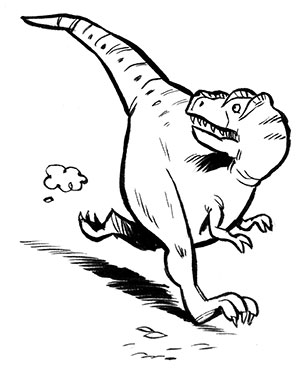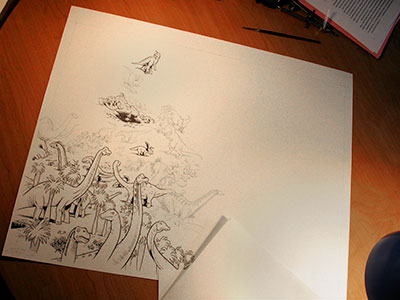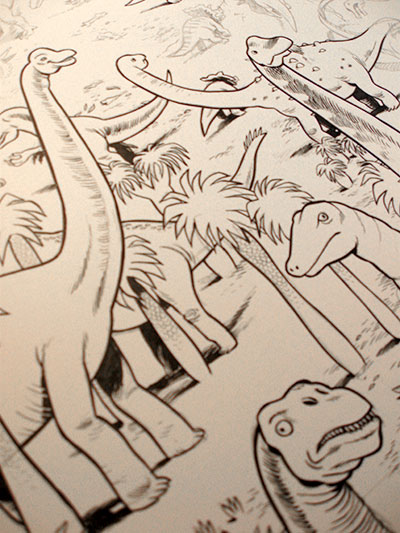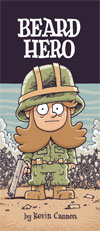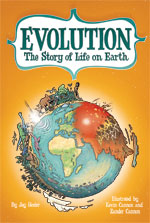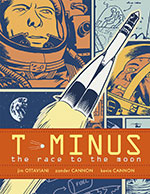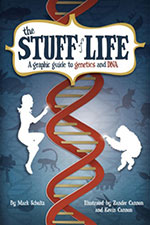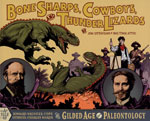Having run across several tweets and fupdates of people working on their Lutefisk Sushi comics this weekend, I thought I'd not only finish my comic, but document the process. The
June 15 deadline is sneaking up fast, so if this post inspires even one local cartoonist to put ink to paper, then I'll feel like it was worth it.
First, a quick reminder:
LUTEFISK SUSHI is a nearly yearly art event where cartoonists from all over Minnesota create an original mini-comic and print up 150 copies. Those comics are then packaged into sushi boxes, while original art from the comics are hung in Altered Esthetics Gallery, and everyone parties and has a good time. This year's box (created by featured artist
DANNO KLONOWSKI) will have a 3D theme, but that does not mean your comic has to be in 3D! Your comic can be any size or subject matter you want, as long as it fits in the sushi box and is printed up by
June 15.
SUBMISSION INFO HERE.PRODUCTION NOTES on
MAKING A MINI-COMICWhat you will find below will probably seem unnecessarily exhaustive, but I thought it might be interesting to someone who's never made a mini-comic before, or to people from the future wondering what this "tactile media" fad was all about.STEP 1: THE IDEAThere's no reliable "how-to" for coming up with ideas. Mostly you just have to be ready for them. This particular story was inspired by thinking about what would happen if some neophile walked into a coffee shoppe with a portable typewriter and started clacking away. From there I added a few characters, some sexual tension, and one poop joke.
STEP 2: PRODUCTION NOTES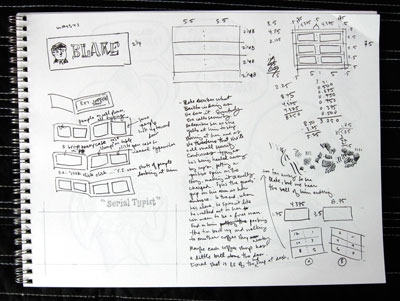
Above is a page of notes I jotted down during SpringCon. I started with the story but then moved into notes on how the mini would look, and how it would need to be produced. For ease of printing I really wanted to have everything fit on one sheet of paper, so I settled on a 12-page story with six pages per side of the printed sheet.
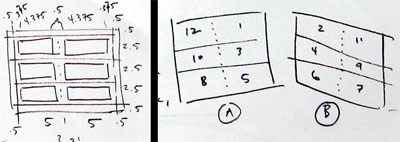
I also wanted to do a bleed on the cover, which meant adding a 1/2" bleed border around each side of the sheet. From there I subtracted a 3/8" margin around each of the panels, and arrived at my final art size per page. It's all about working backwards. On the right you can see a map of how each page would fall on the final double-sided letter size print sheet. Again, that bizarre-looking order is obtained by working backwards.
STEP 3: THE SCRIPT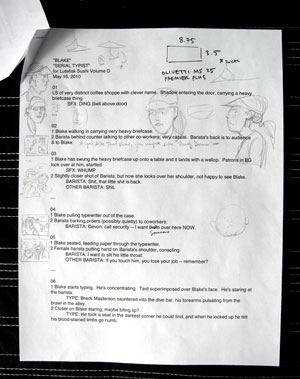
This step is the most fun for me, in that it's the most challenging and yet rife with the most creative possibilities. I'll go through several versions of a script in my head before heading to the keyboard, and then I'll tweak it several times again. This is especially true for a short comic that has very real spatial limitations -- whatever this story is that I want to tell, I HAVE to tell it in 24 panels. Suddenly scenes or lines that I thought were important are cast to the side in favor of a lean, tight narrative. That's one of the highlights of printing a physical comic -- you have these limitations that force you to focus on your message. Yes, webcomics have limitless space and possibilities, and that can lead to some cool things, but if you're not careful it can also lead to a kind of laziness.
STEP 4: DUMMY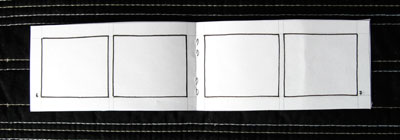
The worst thing you can do (in this context, at least) is spend hours and hours creating your beautiful artwork only to find that your margins or proportions are all screwed up. Making an AT-SIZE DUMMY is a good way to prevent that. Here, I took the mathematical calculations from my page of notes and measured and cut a sample book out accordingly. Fortunately everything worked out (I'm pretty good at fractions when I concentrate) but if there was a calculation error this is where you catch it and correct it.
STEP 5: ART PREP part one: DRAWING SIZEYou know how big your art will be when printed, but how big do you want to draw it? I recommend 150-200% if you want a cleaner look. Drawing at-size or even smaller than at-size will give your book and nice gritty feel. If you draw larger than 200% be aware that your thin lines may disappear when you shrink your art back down to print size. For this comic I chose 200% (mostly because the math is easy).
STEP 6: ART PREP part two: TOOLS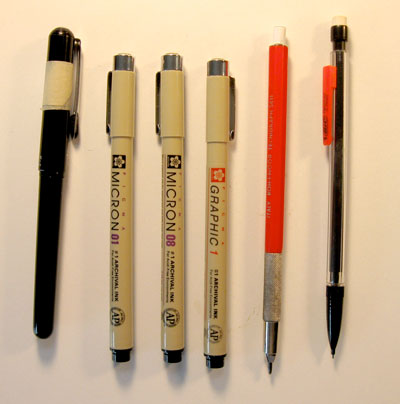
Some cartoonists know exactly which tools they'll use for every project. If that's you, then congratulations. You won. Personally, I need to play around with both paper and drawing utensils before each project to see what works. For this book, for instance, I wanted to go with a rough brush line, so I ended up using a pentel pocket brush pen on Strathmore 70 lb drawing paper. This paper has a good tooth that catches the fat part of the pentel in a fun way -- the only thing I had to be careful of is that pentel brush pen ink dries very slowly on this paper. This means drawing with caution so I don't smudge a lot. The micron #01 (above) is for background details, while the micron 08 and 1 are for lettering. I use a hard pencil (the red one) for light pencilling and the mechanical one (which is pretty soft and dark) for tighter lines.
STEP 7: DRAW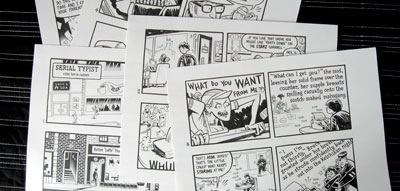
You're on your own for this one.
STEP 8: SCANNINGRemember how I drew these images at 200%? That means I can scan the art in at 600 dpi bitmap, and then change the image size (without resampling) to 1200 dpi and suddenly my art is at the correct print size and at 1200 dpi. It's like magic.
STEP 9: GRAY TONES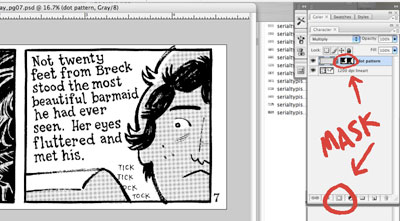
I change the mode to gray and then drop a sheet of dots on top of the art. Then multiply the layer. Then hit the quick mask button (see image) and then hit apple-i to invert it. What you're left with is a dot pattern layer that is completely hidden. To start shading, draw directly in the layer mask. If you mess up, just hit "x" to change your brush to white, which will act as an eraser. This seems complicated, but the beauty is you're left with a mask that can be applied over anything. For instance, if you suddenly want the comic to be in color, you can swap out the dot pattern for a color and your mask will stay the same.
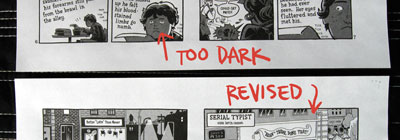
This actually happened to me during this book -- the dot pattern I chose was too dark when I printed it so I swapped each page out with a slightly lighter dot pattern and it only took a matter of minutes. No need to redraw or realign anything.
STEP 10: LAYOUT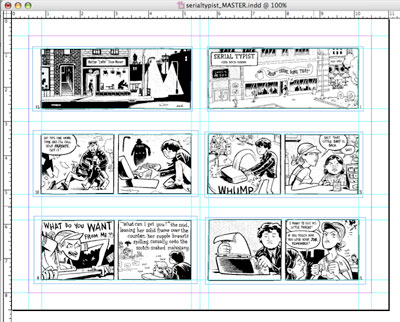
Whether you're using InDesign or glue and a ruler, this is the stage when you place the final art on the page in the way that it's going to be printed, as sketched out in step 2. Above is my InDesign layout with all the linked photoshop pages. When I'm done I export as a high resolution pdf. Next I'll print out both sheets and hold them up to a light source to see if they're printing out correctly. Sure enough, while my computer measurements were on target, my printer printed one side too close to the edge. To fix this I went back to the computer artwork and just moved the art on the page enough to offset this error. After another round of printing everything seemed cool.
STEP 11: ANOTHER DUMMY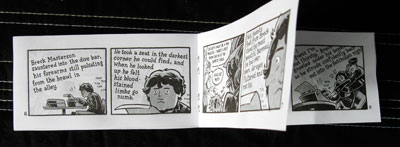
Before printing out hundreds of copies of this book, I wanted to do one last check to make sure the book was correct, so I printed out another dummy, this time using the art that I would soon be feeding through the photocopier. This stage allowed me to check mechanical things like pagination and margins, as well as aesthetics like checking for dirt and art errors. Indeed, at this stage I discovered that I had forgotten to ink a detail on the first page. It was a small detail -- just a loose piece of paper laying on the ground -- but it was an element that tied in with the narrative so I went back into the computer files and put it back in, and printed everything out one more time.
STEP 12: PRINTINGThe most stressful and most expensive part. First, I made "photo-quality" printouts of the front and back of the final comic sheet. To add to the stress it was pouring rain out, so I bundled these two little sheets of paper in some plastic, and ran to the UPS Store. I did a few test sheets to figure out how to print a double-sided sheet, and held these sheets up to the light to make sure they matched up. Then... I hit the green button and let the big machine do all the work.
STEP 13: COVER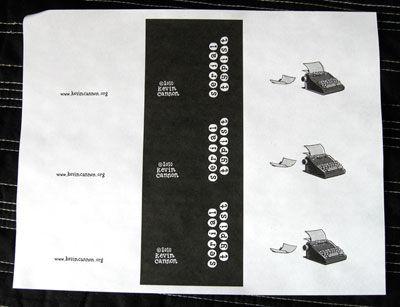
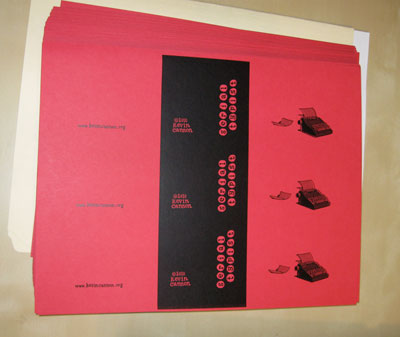
For a lot of mini-comics, the first page of their book will be the cover, so this step does not apply. However, I wanted to add a second color to this story, so I printed up a cover -- using the same specs as the interior -- and took it to the OfficeMax print center, where I had the cover printed on 60 lb red cardstock.
STEP 14: CUTTING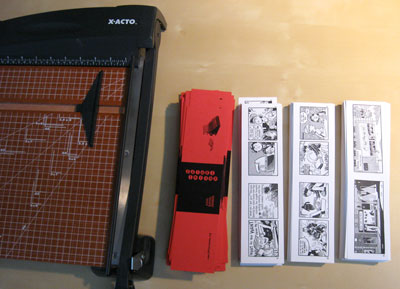
Your book will only be as good as your tools, so if you're going to make a lot of minis I recommend investing in a good home office paper trimmer. Xacto and Swingline make a good product for around $50, like
this one. The one I've got has a moveable edge so I can butt each sheet up against it instead of having to line up each page against a ruler.
STEP 15: STAPLINGAgain, invest in good tools if possible. Unless you're making tiny mini-comics, your office stapler won't do. Try something like
this guy for $30.
That's it! I hope this play-by-play hasn't been too boring. If you have a question write it down in the comment section and we'll get you squared away. Also, I'd love to hear how your process differs from this one!
REMEMBER, YOUR LUTEFISK SUSHI COMICS ARE DUE JUNE 15!